Russian Tu-160 strategic bomber resumes production
Putin once said, 'A hundred diplomatic protests are better than shaking the wings of a strategic bomber once,' indicating that Russia attaches great importance to the use of strategic bombers. On January 12, 2022, Russia's first resumed production Tu-160M successfully made its maiden flight at the Gorbunov Airport of the Kazan Aviation Manufacturing Complex. This is the first Tu-160M strategic bomber produced entirely using Russian made parts, which also means that Russia will regain the ability to produce Tu-160M strategic bombers and expand its existing fleet size.
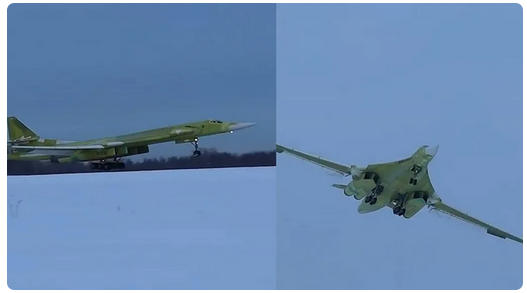
The newly built Tu-160M successfully made its maiden flight
As a strategic bomber born forty years ago, the Tu-160 can be considered an old guy. But since its maiden flight in 1982, service began in 1987, and production ceased in 1994, only 35 aircraft were producedAmong them, only 25 are complete aircraft with combat capabilities, while the remaining 10 are aircraft without installed engines or avionics equipment.
When the Soviet Union disintegrated, each member state "divided their assets", and the Russian Air Force was only responsible for bombingSix planes were obtained due to deployment issues, but in 1999, eight planes were transferred to the Russian Air Force as the Ukrainian Air Force was unable to afford the maintenance of its Tu-160. At that time, Russia did not give up the production of the Tu-160 and assembled two of them using components such as the body left over from the Soviet era, but had to give up due to financial issues. Subsequently, another plane crashed in 2003. As of 2010, the Russian Air Force had 15 Tu-160 strategic bombers.
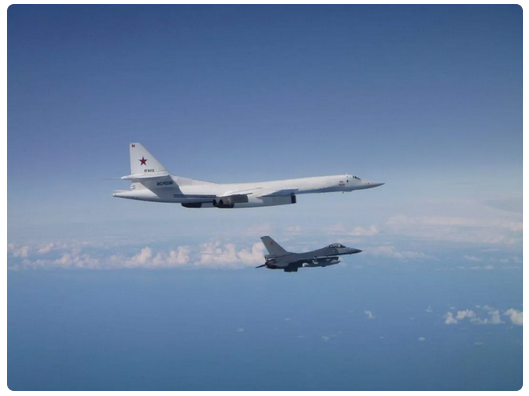
The lone Tu-160 was intercepted by the Belgian Air Force
For a strategic air force that needs to compete with the US military in Western Europe and the Far East, this number is obviously not high, so the Russian Aerospace Forces hope to resume production of the Tu-160 strategic bomber. Leaving aside the increase in quantity, if the 15 Tu-160 strategic bombers cannot have a source of parts, they can only retire and dismantle one of them, using its second-hand parts to "repair the east wall and make up for the west wall", and the quantity will only become fewer and fewer.
The Russian Aerospace Forces have decided to concentrate a large amount of resources on the resumption of production of the Tu-160 strategic bomber. One reason for this is that the PAK-DA stealth strategic bomber has been unable to appear for a long time, and it is obviously not realistic to have supersonic flight, stealth, and a maximum range of up to 16000 kilometers at the same time.On the other hand, the existing Tu-22M3 strategic bomber is difficult to maintain sufficient deterrence in a state of great power confrontation due to its limited payload capacity. The number of Tu-160 strategic bombers is also too small, and the Tu-95 strategic bomber is aging. The Russian Aerospace Forces' air based nuclear strike capability needs to be strengthened.
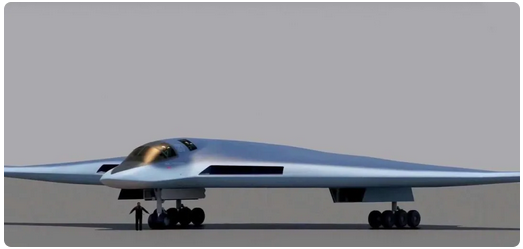
Public information shows that the Kazan Aviation Manufacturing Complex began preparing for the resumption of production of the Tu-160 around 2014. To this end, the Russian side collaborated with top domestic universities, research institutes, and other resources to carry out large-scale renovation and transformation of the Tu-160 production line. It was not until 2017 that all production lines were repaired and successfully debugged, and the production line was able to operate normally. In the same year, the Kazan Aviation Manufacturing Complex successfully assembled and produced the first Tu-160M strategic bomber, which was built on the basis of the Tu-160 aircraft with production number 0804, a legacy of the Soviet era. The aircraft was equipped with avionics equipment and engines, and was put into operation at the end of January of the following year. The Kazan Aviation Manufacturing Complex finally took the first step towards resuming production. In February 2020, the Russian Tupolev company announced that the Tu-160M, upgraded from the existing Tu-160, had successfully completed its maiden flight. After the assembly and upgrading of these two strategic bombers, the Kazan Aviation Manufacturing Complex finally had the ability to resume production of the Tu-160.
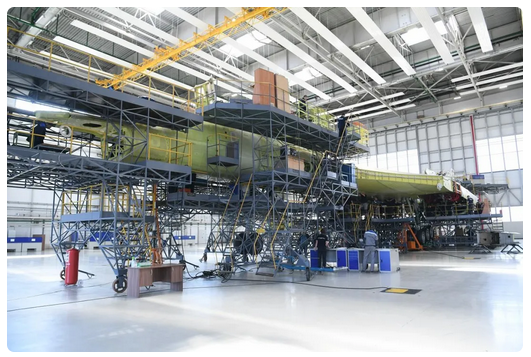
Figure-160 Strategic Bomber Production Line
The production materials of the Tu-160 strategic bomber were mostly lost due to the chaos during the dissolution of the Soviet Union, and without the support of technical materials, it is difficult to achieve production in a short period of time. The production line has already been shut down and dismantled, and reassembling the production line requires a lot of manpower and material resources.
Secondly, the large titanium alloy electron beam welding device and titanium alloy forging annealing equipment required for the manufacture of the Tu-160 fuselage have been in a state of "immobility" and need to be repaired due to long-term disuse after the dissolution of the Soviet Union, as well as aging and other reasons. The most critical NK-32 high thrust turbofan engine has been returned to the Kuznetsov Group for production. Although the group has rich experience in engine production, the engine still needs to be "excavated" based on some technical documents left over from the Soviet era in order to restore its production process. However, taking the engine as an example, the technology of the NK-32 turbofan engine remained in the mid-1980s, more than 40 years ago. The Kuznetsov Group must make technological improvements such as adding engine electronic control modules and redesigning combustion chambers to prevent a strategic bomber that successfully made its maiden flight in 2022 from still using engines at the level of the mid-1980s.
A strategic bomber contains tens of thousands of components inside, and it is necessary to search for drawings or surveys one by one before bidding for production by downstream factories. Downstream factories also need to assemble new production lines based on actual conditions and limitations,Only then can such subsystems be produced. The upstream assembly plant is alsoNot much better, on the one hand, it requires assembling and adjusting production lines that have been dismantled for many years, and on the other hand, it requires purchasing missing mechanical equipment. On the other hand, it is also necessary to evaluate the capabilities of the subsystems produced by downstream factoriesShould it be applied to the resumption of aircraft production.
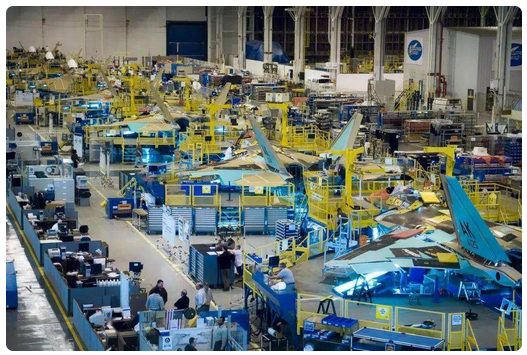
The previously busy F-22A production line
In recent years, the US Air Force has also discussed the possibility of resuming production of the F-22A due to the poor air combat performance of the F-35A fighter jet. They hope to upgrade its avionics equipment, data link system, and install optoelectronic integrated detection system and other equipment that are missing due to design issues when resuming production of the F-22A, so that its performance can reach the level of the F-35A, thereby enabling the US Air Force to regain the advantage of fifth generation aircraft in air combat.The production line of F-22A was shut down and dismantled as early as 2011. All equipment, as well as a large number of components and original design drawings, are sealed in the Sierra Army warehouse in California. The technical preparation conditions are much more mature than the Russian military's resumption of production of the Tu-160. Therefore, it is only a matter of funds and time for the US military to resume production of the F-22A.
According to the estimation of the US military, restoring the production line would require at least $50 billion or even more. The initial preparation includes reassembling the production line and training professional workers, which requires at least $10 billion; The material supply, processing, equipment refurbishment, subsystem evaluation and testing, and manufacturing processes in the subsequent production work also require over 10 billion US dollars. It can be seen that the preparation work for resuming F-22A production requires a significant amount of funds. The $50 billion is already close to one-third of the US Air Force's military spending in 2020, and the purchase price of the F-22A after resuming production will be several times higher than the existing F-35A. At least thousands of production orders are needed to evenly distribute the assembly cost of the production line to the level of the F-35A just produced, making it difficult to push forward.
Source: Military of Strong Countries